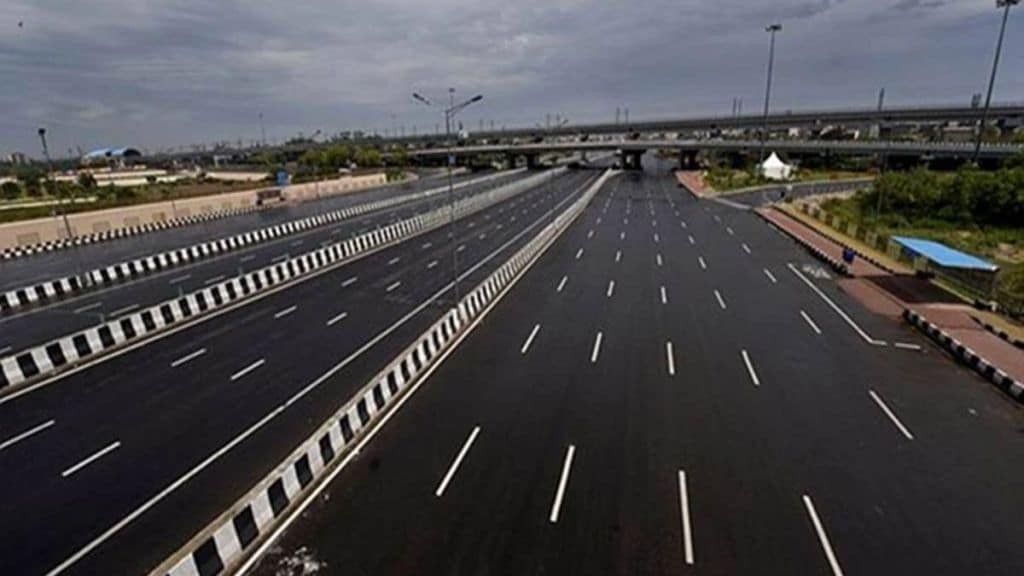Monetisation of highway projects is expected to yield Rs 40,000 crore in the current financial year, including Rs 24,000 crore is to be raised via the infrastructure investment trust (InvIT) route and securitisation of under-construction projects, a senior official said on Friday.
Already, Rs 15,968 crore has been raised through monetisation of highway stretches in four bundles through Toll Operate Transfer (ToT) model. Another Rs 15,000 crore will come from InvIT and Rs 8000-9000 crore from securitisation, secretary in the ministry of road transport and highways Anurag Jain said.
Under the InvIT route the highway stretches are offered to National Highway Infrastructure Trust (NHIT) on an upfront payment in return for rights to collect toll for specified period. National Highways Authority of India is the sponsor of NHIT with 16% stake. Other unitholders of the InvIT are Ontario Teachers’ Pension Plan and Canada Pension Plan Investment Board with 25% each and 9.86% is held by SBI Balanced Advantage Fund.
Around Rs 10,200 crore has been raised through monetisation of 635 km of highways in two rounds till end of last financial year.
In the third round 11 highways with a total length of 1029 km have been put on offer which are expected to bring in Rs 15,000 crore this financial year.
Another mode of monetisation of highways is securitizing the future user fee from under construction road assets. In this model NHAI will collect tolls, maintain road assets and periodically transfer payments to the Special Purpose Vehicle (SPV) that is developing the highway for servicing debt obligations of the project.
About Rs 37,000 crore has already been raised by securitising stretches of Delhi-Mumbai Expressway by NHAI so far. “Another Rs 8,000-9,000 crore will come from this mode,” Jain said.
Asset monetisation is a strategically important programme of NHAI to help it raise additional resources for its ambitious highway building programme. This helps reduce NHAI’s dependence on the general budget as it has been barred from raising additional debt.


